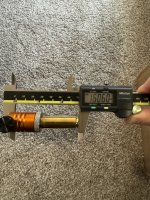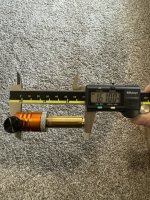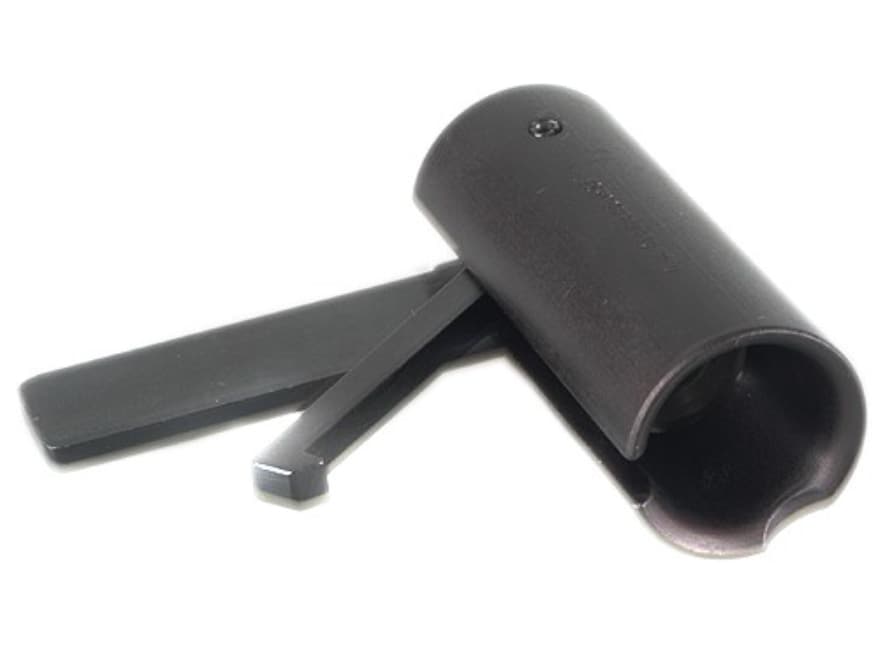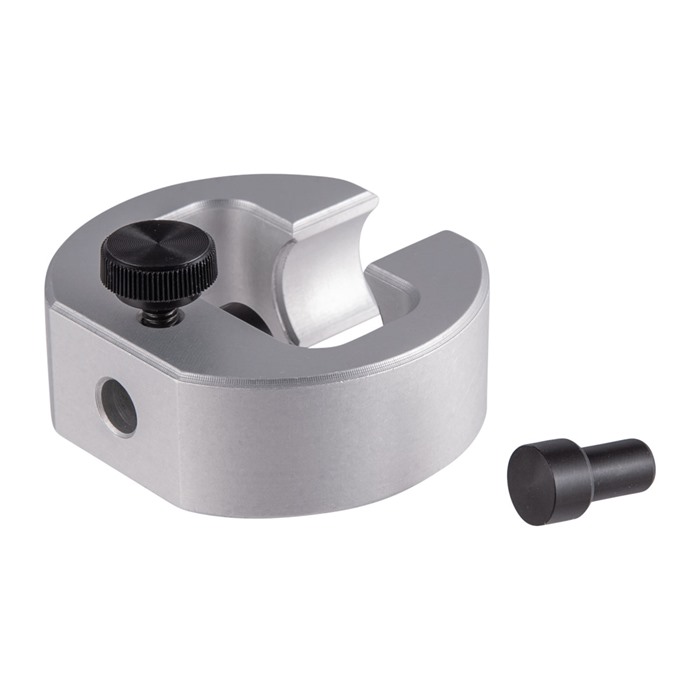and then what do they do with the brass when it no longer chambers?
They take measurements from that and then bump back down, right? Thats what the OP (myself included) are trying to measure from. Brass that doesnt chamber and work away from it as little as possible.
Not trying to be argumentative here. Genuinely curious. I do see your method makes sense as well.
Full length resize once that brass no longer chambers which might be after 3x or 4x. Which reduces the amount of times you work the brass.
You're talking to someone who doesn't actually understand the nuances. A couple years ago he was citing ES because ELR shooters were incorrectly using the metric. Not long ago he incorrectly interpreted Mark Gordon's research into jump. And now he's confusing clickers and headspace issues.
Clickers happen when the body of the case has expanded too much. This comes from either not F/L sizing each time, F/L die not sizing down enough, or brass/chamber fit incorrect. The last reason still means the die isn't sizing the body down enough, but it happened because of something like we saw/see with PRC saami chamber and brass specs. The saami min chamber spec was too small for the saami max case width. So reamer makers and such started making reamers at saami max spec to alleviate the issue. Remember, F/L resizing can be done without pushing the shoulder back. Shoulder setback is not an inherent requirement of F/L sizing.
Headspace issues come from either too much or too little headspace. Meaning the brass is either too long or too short from base to shoulder. If brass is too short, it will either start expanding/stretching length ways in the web which will eventually result in a case head separation. Or it can be so short that the firing pin pushes the round forward instead of actually igniting the primer.
Too much headspace doesn't allow the bolt to close freely. This almost never shows up as a clicker. Long brass wants to extract, so it usually doesn't cause a stop that requires the extraction cam to be engage. If you're already around or over max pressure, the short headspace can start causing some brass expansion issues and such.
He's also completely wrong about the "F class and Benchrest" comment in regards to how much to set your shoulders back. There's nothing inherently different with how a bolt action works in F Class and PRS. If your stripped bolt falls free with gravity with only .001 shoulder setback, it's not going to have issues extracting unless there's something wrong with the brass itself.
What's also pretty funny is that F Class shooters are frequently running higher pressures than PRS. So they would actually have more issues with minimum shoulder setback if it was actually a real thing.
When people experience clickers and think bumping the shoulders further fixes it, it's more than likely they actually got the body of the case sized correctly when they screwed their die down further. They still have a die/chamber mismatch, but have alleviated the issue sizing further down and thusly setting shoulders back more.
In the end, will it hurt you to end up with shoulders set back .004 instead of .001? Almost certainly not. However, understanding what/why is important when other things start happening down the road.








